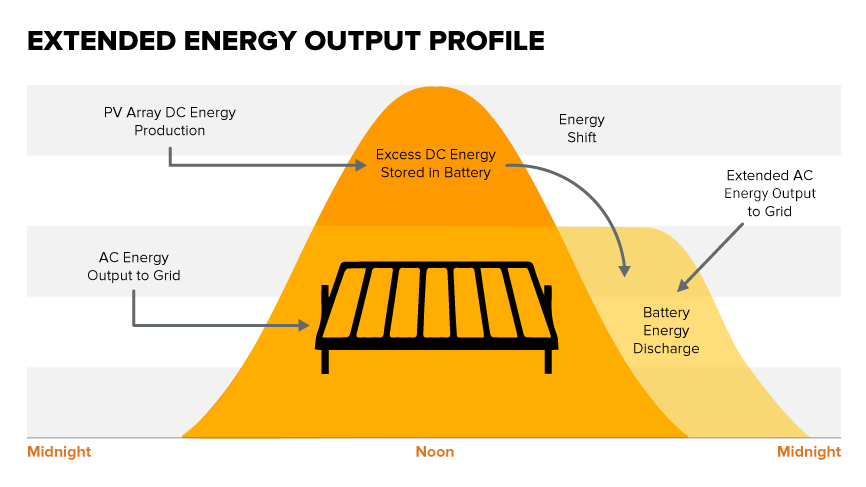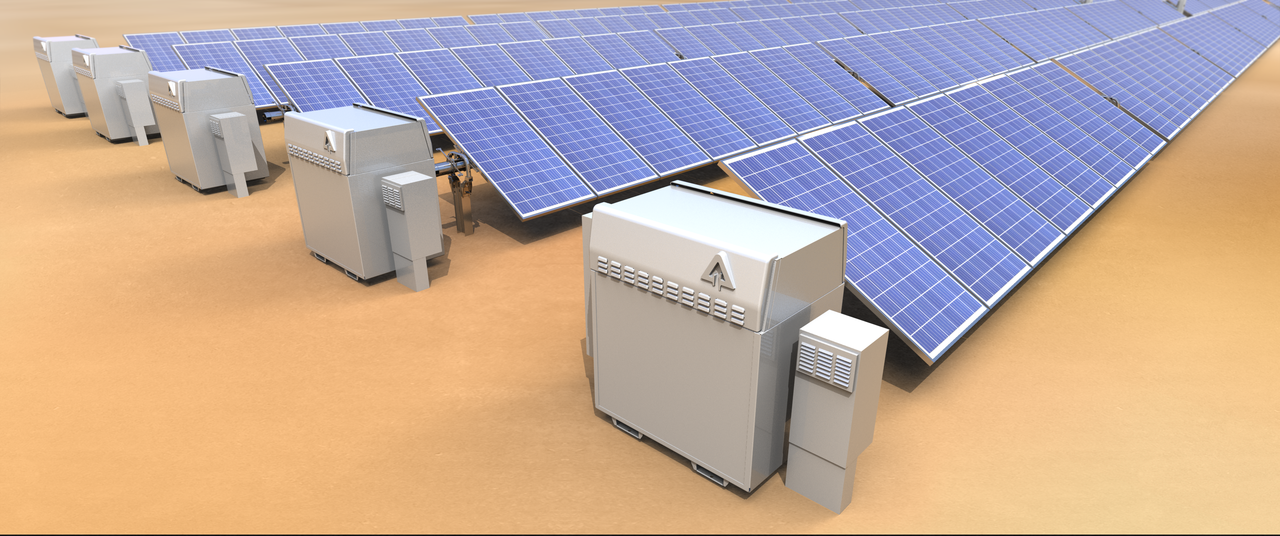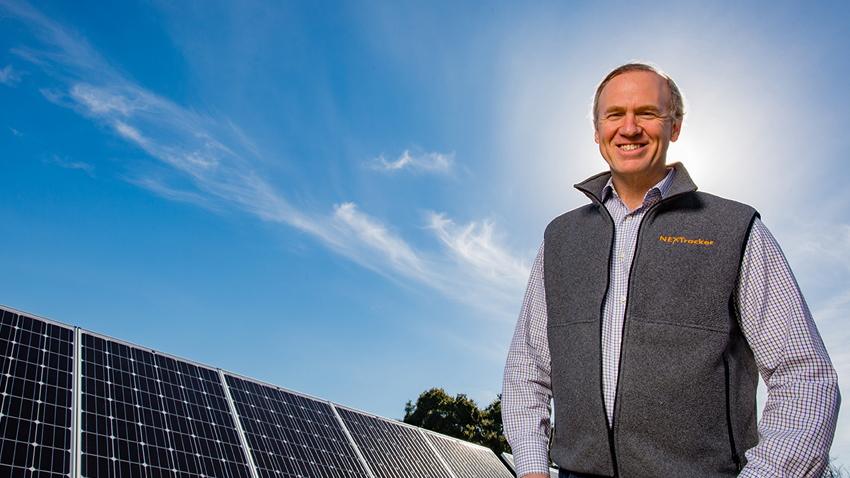
NEXTracker CEO Dan Shugar sat down to talk to Energy-Storage.News about developing – and selling – energy storage systems in lithium and flow battery ‘flavours’ alongside his company’s market-leading PV tracker systems.
So I guess the most obvious first question would be: Why buy energy storage from a PV tracker company?
Well, we’re a power systems company and a global manufacturer and we’re here to look into customer needs and problems and solve them, not push a product. The roots of NEXTracker go back years. Most of the executive staff has been with me for 15-18 years. We think about and understand utility rate structures, long-term warranties, service. So we’re really a systems company and so we have that DNA and we really understand EPCs and we understand service.
For us, it’s really just that the needs now have landed there foursquare [in the] mainstream for the market. It’s the confluence of two things: one has been the dramatically lowered costs for the technology with both our flow and lithium, secondly our spectacular success on the PV side, where we’ve really taken a bite out of the middle of the day power requirements in a lot of our core markets and the tracker is beautiful there. But then you need to keep going, that’s what the storage stuff is all about.
Try Premium for just $1
- Full premium access for the first month at only $1
- Converts to an annual rate after 30 days unless cancelled
- Cancel anytime during the trial period
Premium Benefits
- Expert industry analysis and interviews
- Digital access to PV Tech Power journal
- Exclusive event discounts
Or get the full Premium subscription right away
Or continue reading this article for free
After launching the flow battery product a while back, what was the idea behind adding NX Drive, a lithium battery version, more recently?
The beautiful thing about having both the lithium and flow product is that we cover a very wide range of use cases. With the lithium, the technology favours incredible discharge capability, incredible power density, well-filled supply chain, multiple manufacturers, and it’s the ideal product for short to medium-term or medium duration storage applications.
The flow [battery system] is an extremely long-life product. We have at NEXTracker an outdoor test facility, the Solar Center of Excellence, it’s a three-acre facility and we’ve added a storage test facility there as well.
We ran a global RFP (Request for Proposal) several years ago called ‘Decapitating the Duck’. We were somewhat technology agnostic at that point, we just wanted to understand what was out there. With Avalon specifically we basically had both a baby unit and the production unit out in our field cycling many times every day, with the baby unit we’ve achieved over 9 years of cycling and we haven’t been able to measure any degradation within the measurement area of the equipment. It’s unbelievably stable. We brought a lot of customers out in the field that can look at all the components, look at the data and so forth.
The flow product takes more space than the lithium product but in these fields where we’re doing the solar, our architecture is that we put one at the end of every row with the solar tracker, it’s the natural place to [do that] and it’s DC-coupled, and that provides several advantages to AC-coupling, technically, so that’s a great application for that.
For flow, my view, having been in the energy business for 30 years, is the numbers have always pencilled out well, but it’s been slow to take off.

From your point of view, how have you been able to deliver economies of scale or production in developing these products? And how much of the products’ design has been in-house versus bought-in?
What’s also just very strategic is, between the NX Drive (lithium batteries) and NX Flow (flow battery) products, is that they share a common SCADA, monitoring and control system that’s also shared with our tracker platform. So we have designed and developed electronic control for the tracker and we have hundreds of thousands of them out in the world that are reliably communicating to us. It’s based on the backbone of the wireless mesh network, the same backbone used in utility smart metering. So that’s an extremely reliable platform.
We used that intrinsic platform for our control system and both these battery technologies, employ this control system. It’s backed up by (parent company) Flex’s IP system, the Connected Intelligence system, so that’s the backbone for data security and the integrity of data. But then we had also built a software team, we acquired a machine learning company a few years ago and that company can do predictive diagnostics and create signatures on preventative maintenance and things like that. So we have the whole package, mechanical, electrical, thermal management, fire suppression, the monitoring control and basically, predictive analytics.
We can incorporate the charging algorithms and control strategies, developed by others. There’s a lot of expertise in that, we work with other partners, that have that software for the charging and discharging, for control and tying it to the customer. That piece, we’re working with other partners.
What we have is basically, all of the mechanical, fire suppression, thermal management. We’re monitoring key aspects of the system, of the health of the battery system and those types of things.

In terms of customer needs, how will they evaluate which solution of the two works best for them?
There’s three scenarios where the lithium thoroughly wins, one where the flow thoroughly wins and then one where it’s a toss-up and we give customers the option. Our focus is really to solve the need for the customer, most affordably – and not to push a product. So we’ll make options available. We have a proven product in both cases and of course we can tailor that product to specific needs, like if they really want battery A versus battery B. For the lithium, that’s fine, we can deal with that, but the nice thing is that you don’t want every project to be customer-engineered and you really want to be able to leverage the broad application and many customers across a single platform. That way you can invest in R&D, in reliability work and those types of things.
That was our strategy with the tracker and we’re doing the same thing with the battery. With the tracker, we were the first ones to introduce the self-powered tracker, independent rows and other features.
We’re just really focused on every single customer engagement to be successful for the customer. That’s all that matters and if you do that everything else takes care of itself. That’s been my operating philosophy throughout my career.
